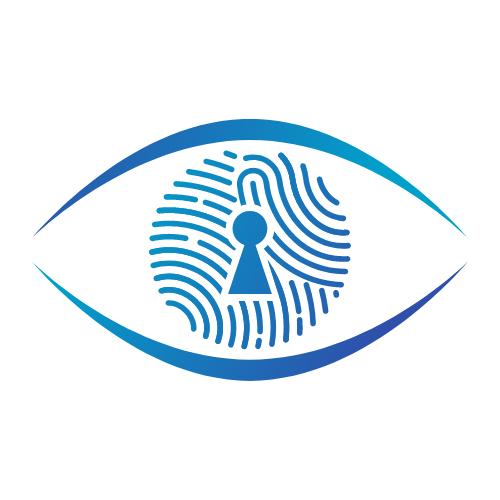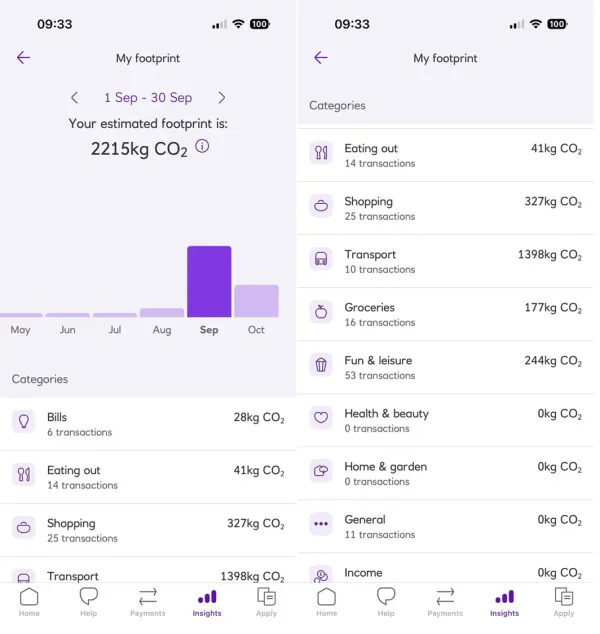The Security Sweet Spot: Balancing Robust Protection with User Productivity

In today's fast-paced digital landscape, cybersecurity is no longer just an IT concern; it's a fundamental component of business operations. While organizations invest heavily in sophisticated security solutions, a persistent tension exists: how do you enforce robust protection without stifling user productivity and organizational efficiency? This challenge is exacerbated by employees often bypassing security measures to get their jobs done, inadvertently creating significant risks. The key lies in finding your "security sweet spot"—the optimal balance that protects critical assets while enabling a dynamic and productive workforce.
The Human Factor: Why Security Often Falls Short
The reality is that human behavior remains a leading cause of security breaches, often stemming from simple mistakes or a drive for efficiency. A recent study highlighted that 65% of office workers admit to circumventing company security policies for efficiency. This isn't always malicious; employees may view security protocols as cumbersome, face pressure to meet deadlines, or simply lack full awareness of the risks involved. Common risky behaviors include reusing or sharing passwords, delaying security patches on personal devices, accessing work applications from unsecured personal devices, and sharing confidential data with external parties.

Overcomplicating security can also lead to "security fatigue," a psychological response to a constant overload of warnings, training, and authentication requests. This exhaustion causes users to ignore or bypass security protocols, affecting attention during training, leading to unsafe password practices, and even prompting reflexive dismissal of multi-factor authentication (MFA) notifications, which reduces their effectiveness. The financial impact of security fatigue can be substantial, contributing to data breaches that average $4.88 million in the U.S., alongside legal penalties and reputational damage.
Another challenge is "shadow IT"—unauthorized applications, hardware, or software adopted by departments outside of IT. Employees often use these tools to streamline tasks or address unmet needs when official tools are rigid or limited, potentially boosting productivity and innovation. However, shadow IT poses significant security risks, including creating security gaps, facilitating data exfiltration, leading to regulatory non-compliance, and introducing system inefficiencies and wasted expenditure without proper oversight.
Finding the "Security Sweet Spot": A Strategic Approach
To avoid security measures that are "toxic" and destroy value by creating too much friction, organizations must identify their unique "security sweet spot". This isn't a fixed point but a sliding scale that moves as an organization's maturity develops, allowing for tighter security without hindering productivity.
This approach requires considering three key dimensions:
- Business process risk: Understanding the specific cyber risks to your business value helps prioritize what needs protection.
- Lean process flow: Simplifying and optimizing existing workflows to remove "waste" and friction before layering on new security controls is crucial.
- Capacity for change: A motivated workforce with a clear understanding of strategic goals is more receptive to new security measures without disengagement.
Moving beyond mere "checkbox compliance" is essential. True cybersecurity risk management involves understanding threats, vulnerabilities, and the business consequences when they intersect. Organizations should adopt a comprehensive, risk-based approach, prioritizing investments to protect "crown jewel" assets from the most likely threat actors.
Practical Strategies for Achieving Balance
Achieving the right balance requires multi-faceted strategies:
1. Reduce Friction and Enhance User Experience:
- Frictionless Authentication: Shift from cumbersome, password-based MFA to truly passwordless solutions that use biometrics and cryptographic security keys, operating seamlessly in the background. This can save hundreds of lost hours weekly by eliminating frustrating login processes and password resets, significantly boosting productivity.
- Usable Tools: Prioritize security tools that are easy for both users and IT managers to install, deploy, and manage, as difficult-to-use tools are "doomed to failure".
- Streamlined Access Controls: Simplify identity governance through methods like role-based access or dynamic access policies, ensuring users have only necessary permissions and reducing administrative confusion.
- AI-Driven Tools: Utilize AI to analyze user behavior, detect anomalies, and adapt security measures, thereby reducing unnecessary prompts and disruptions for legitimate users.
- Automated Password Security: Implement Privileged Access Management (PAM) solutions to move password and privileged access security into the background, allowing employees to focus on their core tasks without managing complex credentials.
2. Foster a Security-First Culture and Awareness:
- Collective Responsibility: Shift cybersecurity from being solely an IT concern to a collective responsibility embedded in daily operations.
- Leadership Commitment: Secure executive buy-in, with leaders integrating security into strategic discussions and leading by example.
- Effective Training: Provide comprehensive security awareness training that not only covers threats like phishing but also educates employees on how to perform tasks securely.
- Cybersecurity Champions: Appoint "cybersecurity champions" within departments to serve as liaisons, enforce policies, and provide ongoing education tailored to their teams' unique needs.
- Clear Communication and Feedback: Maintain transparent communication about security policies and their rationale. Foster an environment where employees feel comfortable reporting issues constructively, rather than fear punishment for accidental breaches.
3. Strategic Risk Management and Process Optimization:
- Process Efficiency: Optimize and simplify existing workflows to remove "waste" and friction before layering on new security controls.
- Agile Principles: Adopt agile principles in cybersecurity to enhance efficiency, consistency, and collaboration. This includes breaking down organizational silos and empowering teams to make decisions, improving readiness by accelerating problem identification.
- Address Shadow IT: Understand why employees use unauthorized tools, audit existing shadow IT, and work to provide sanctioned, user-friendly alternatives that meet their needs.
- Continuous Monitoring and Adaptation: Regularly track user behavior and helpdesk trends to detect signs of security fatigue and adjust policies or tools accordingly. Implement continuous control monitoring for real-time visibility into security posture and to contextualize risks in terms of business impact.

Conclusion
Ultimately, cybersecurity practices must balance the imperative of robust protection with the critical need for user productivity and organizational efficiency. The goal is not to eliminate all risk—an impossible feat—but to understand, prioritize, and manage the most critical risks to the business while simultaneously empowering employees to work effectively. By reducing friction, fostering a strong security culture, optimizing processes, and adopting agile principles, organizations can navigate the complex cyber landscape, turning what was once a source of tension into a harmonious, value-driving synergy. Cybersecurity is an ongoing journey, and with the right strategies, it can become an integral, productive part of your organizational culture.







